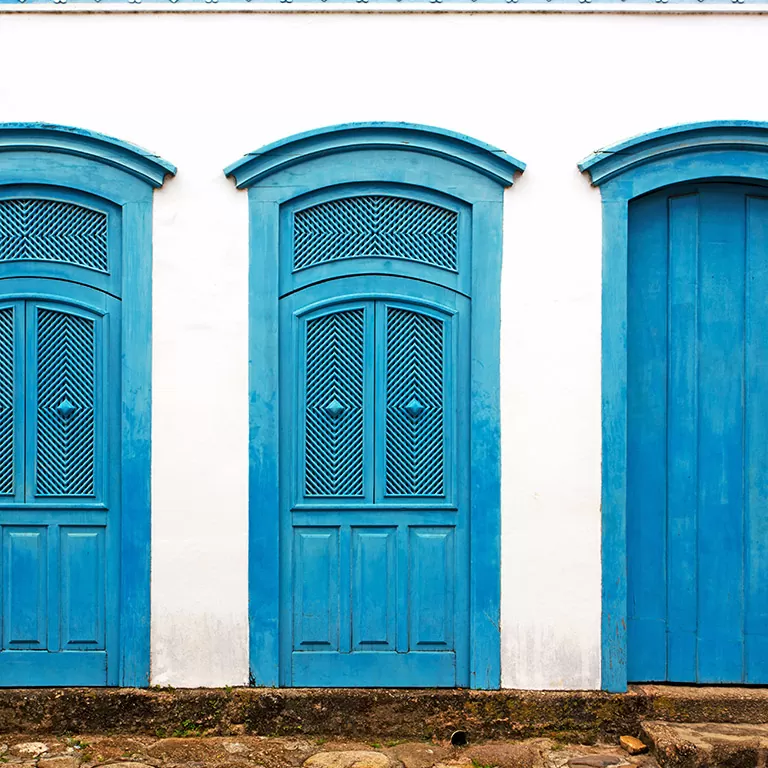
Paraty is one of the beautiful destinations to be explored in the southeastern region of Brazil. Not only for the beautiful beaches, surrounded by a dense forest of Atlantic Forest – which would be enough for a visit – but also for all its rich historical importance. Founded in 1667, the small town of little more than thirty thousand inhabitants preserves a precious part of Brazilian history.
This is made very clear when you consider some of the main sights. They reflect colonial Brazil, highly influenced by Portuguese culture (in this case, architecture), which give us a true sense of how the Brazilian society was formed in these more than 500 years.
The Church Nossa Senhora dos Remédios is a building from the foundation of the city and is marked by colonial architecture. It is situated in the historical center of the city, a small urban network with seven streets from east to west and six from north to south. The pavement is original, built by slaves. All the buildings of the city reflect the Brazil of century XVII, a true document of our history.
Still in the historical subject, Paraty is the final point of one of the most important routes of the time of colonial Brazil – the Royal Road. The route connecting Diamantina, in Minas Gerais, to the state of Rio de Janeiro, was created for mineral production flow, mainly gold. All its construction idealized by the Portuguese Crown was also built by slaves. It is another example of Brazil as the main source of highly valuable resources for Portugal, another milestone of the Brazilian colonial history.
For those who are fond of historical details, it is possible to find guided services around the city, which will provide a complete experience of the city history. Paraty is not just a destination for tourists, but to all Brazilians interested in the history of their country.











